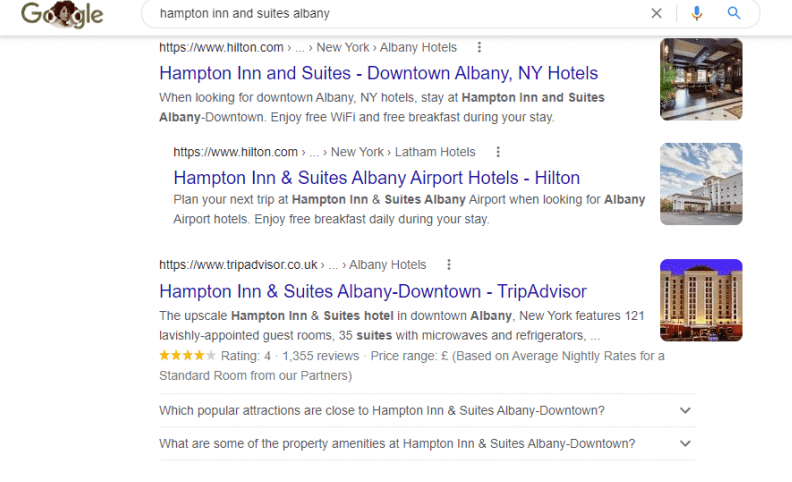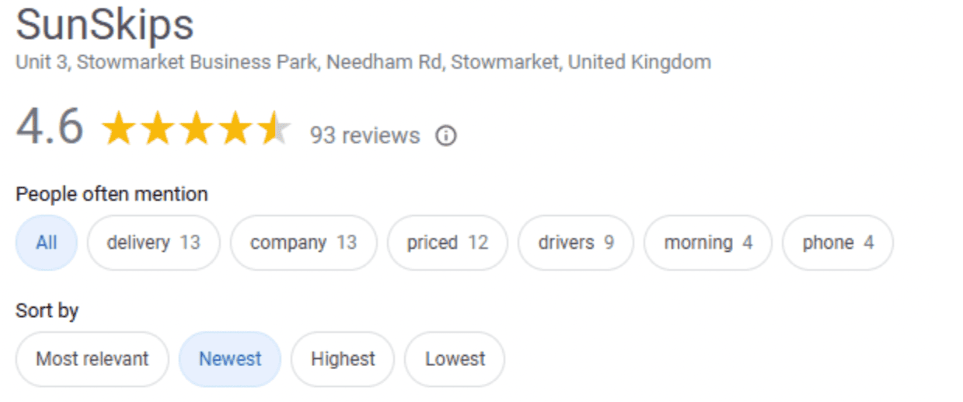Guides

NAP refers to your business’s name, address, and phone number. These details serve as a unique identifier for your business in the eyes of search engines. Ensuring your NAP information is consistently listed across various platforms reinforces your business identity and helps establish your presence in a specific location. This consistency is key to ranking higher in local search results for that area.
Accurate NAP details are vital for local SEO. They help search engines verify and trust your business’s location information, significantly boosting your local search visibility.
Ensuring that your NAP (Name, Address, Phone number) information is consistent across all online platforms is crucial for local SEO success. Search engines like Google use this information to verify and validate your business’s physical location. Any discrepancies or errors in your NAP details can lead to confusion for both search engines and potential customers, resulting in lower trust from Google and subsequently, lower rankings in local search results.
Let’s say you own a local bakery in Kochi called “Vegan Delights.” On your website, your address is listed as “123 Marine Drive,” and your phone number is “0484 123 4567.” However, on your Facebook page, the address is mistakenly written as “321 Marine Drive,” and the phone number is “0484 123 6547.” While these differences may seem minor, they can create confusion for search engines and customers trying to locate or contact your business. To ensure NAP consistency, make sure that all your online listings, including your website, social media profiles, directories, and review sites, display the same NAP information accurately.
Local citations refer to the mentions of your business’s Name, Address, and Phone number (NAP) on various websites, directories, and review platforms. These citations are vital for establishing your business’s credibility and authority in local search results. When search engines detect consistent NAP information across multiple reputable sources, they become more confident in the accuracy of your business details, increasing the likelihood of your website appearing higher in local search results.
For example, if “Vegan Cakes” is listed in local directories like Yelp, Yell, and TripAdvisor with consistent NAP information, it signals to search engines that your business is legitimate and trustworthy. This increases the chances of your website ranking higher in local search results, making it easier for potential customers to discover your business.

Schema markup is a type of structured data that you can incorporate into your website’s HTML code. This gives search engines extra context about your business, making your information more accessible and prominent in search results.
When you include schema markup, such as the LocalBusiness schema, you explicitly define your business’s name, address, phone number, and other details. This helps search engines display your NAP (Name, Address, Phone number) information more prominently in local search results. For example, if someone searches for “bakery in Thiruvananthapuram,” search engines might show a rich snippet with your business’s name, address, and phone number directly on the search results page. This can enhance your visibility and attract more local customers.
Here’s an example of how you can implement Schema Markup for your NAP information:
<div itemscope itemtype=”http://schema.org/LocalBusiness”>
<h1 itemprop=”name”>Kerala Sweets</h1>
<div itemprop=”address” itemscope itemtype=”http://schema.org/PostalAddress”>
<span itemprop=”streetAddress”>456 MG Road</span>,
<span itemprop=”addressLocality”>Ernakulam</span>,
<span itemprop=”addressRegion”>Kerala</span>,
<span itemprop=”postalCode”>682016</span>,
<span itemprop=”addressCountry”>India</span>
</div>
<span itemprop=”telephone”>+91 484 123 4567</span>
</div>
In the above example, the schema markup is enclosed in a <div> element with the itemscope attribute set to http://schema.org/LocalBusiness, indicating that the markup represents a local business. The business name is specified using the itemprop=”name” attribute.
The address information is nested within a <div> element with the itemscope attribute set to http://schema.org/PostalAddress, indicating it represents a postal address. Each element of the address (such as street address, locality, region, postal code, and country) is defined with the relevant itemprop attributes. Additionally, the phone number is indicated using the itemprop=”telephone” attribute.
Finally, the phone number is specified using the itemprop=”telephone” attribute.
Maintaining consistent NAP information across various platforms can be a challenge. Here are some tips to make the process more efficient:
Here are some methods to obtain high-quality local citations:
Tracking your progress in local SEO is essential to identify areas for improvement.
Key metrics to monitor:

By implementing these strategies and monitoring your progress, you can leverage NAP consistency and local citations to improve your local SEO and attract more customers from your surrounding area.
The Beginner’s Guide to Local SEO: This guide by Moz, a leading SEO software company, offers a comprehensive overview of local SEO, including the importance of NAP consistency and local citations.
Local SEO: The Ultimate Guide: Search Engine Journal is a well-respected publication in the SEO industry. This guide covers various local SEO aspects, including claiming and optimizing Google My Business listings, which is crucial for NAP consistency.
The Local SEO Checklist 2023: BrightLocal is a company specializing in local SEO tools and resources. This checklist provides a practical approach to local SEO, including NAP management and local citation building.
Maximize your digital potential with TomatoTree Digital, the Best SEO Services in Kerala. Custom strategies, exceptional results—let’s connect today!

Never settle for anything less than the best! Hire the top SEO experts from the Best SEO Company in Kerala and benefit from the customized Search Engine Optimization strategies designed exclusively for your brand.

India

United Kingdom
Newsletter
Never settle for anything less than the best!
Other Links
WhatsApp us